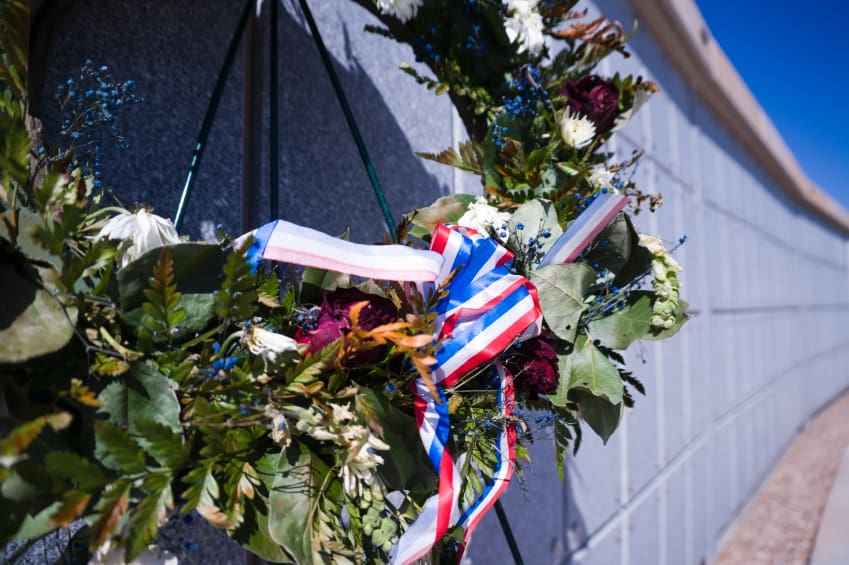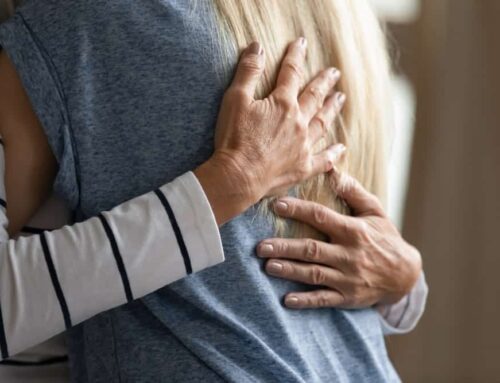Proponents of cremation have long extolled the virtues of this form of final disposition for a human body. Citing cost savings, ecological concerns, and increased flexibility for the family with regard to how and when to memorialize their loved one, the process of cremation has been steadily growing in popularity over the previous decades.
Any Google search of “cremation” over the last seven days, however, ties this end-of-life option to the viral scourge that only just crossed American shores: Ebola.
Containment Through Cremation
While some might view the connection of cremation to the Ebola virus as a negative, it actually shows one more benefit to the practice. Cremation is the most effective means of limiting and eliminating exposure to the potentially fatal virus that has so far claimed one life in the United States.
The Centers for Disease Control has handed down guidelines to hospitals and crematoria for the handling and disposition of those who will have succumbed to the dreaded virus. While traditional burial can effectively remove any and all exposure hazards, the concern that a body could be exhumed prior to the complete death of the virus has led the CDC to recommend cremation over burial.
We Have Nothing To Fear But Fear Itself
Each of the cases of Ebola in the United States, until this week, involved individuals who had lived and/or worked in the affected western African nations where the viral outbreak is struggling to be contained. It was reported this week that one of the nurses attending to patient zero, Thomas Eric Duncan, contracted Ebola and is being kept in isolation. The numbers are important for combating the hysteria being experienced by some. One locally contracted incidence among more than 325 million U.S. citizens, while concerning for the nurse, her family, and caregivers, is a percentage so minute as to be considered statistically insignificant to the rest of us. We are served better by vigilance than by acceding to an irrational fear.
While the CDC’s guidelines are adhered to here in the United States, the African nations are working against many of the same stigmas and religious prohibitions that were commonplace in the U.S. prior to the surging popularity of cremation. Until the practice is more widely adopted and accepted in Africa, we could see a widening of the disease outbreak before it is ultimately contained.
Freedom of Choice
As mentioned above, the cultural landscape of the United States only a handful of decades ago had a striking similarity to that of western Africa today. Thanks to many relaxations of cultural mores and religious strictures, we have now embraced the practice of cremation for end-of-life planning. In fact, the Cremation Association of North America has predicted that greater than 50 percent of all final dispositions in the United States will be by cremation by the year 2025.
Each individual’s end-of-life decision is personal, and cremation is chosen for many reasons. Cost, desire for green alternatives, and personal preference have led to cremation being the top end-of-life option in many parts of the U.S.
The Philadelphia Cremation Society is here to help you learn more about the many benefits that cremation offers. If you have questions or are ready to finalize your end-of-life planning process, contact us today.





